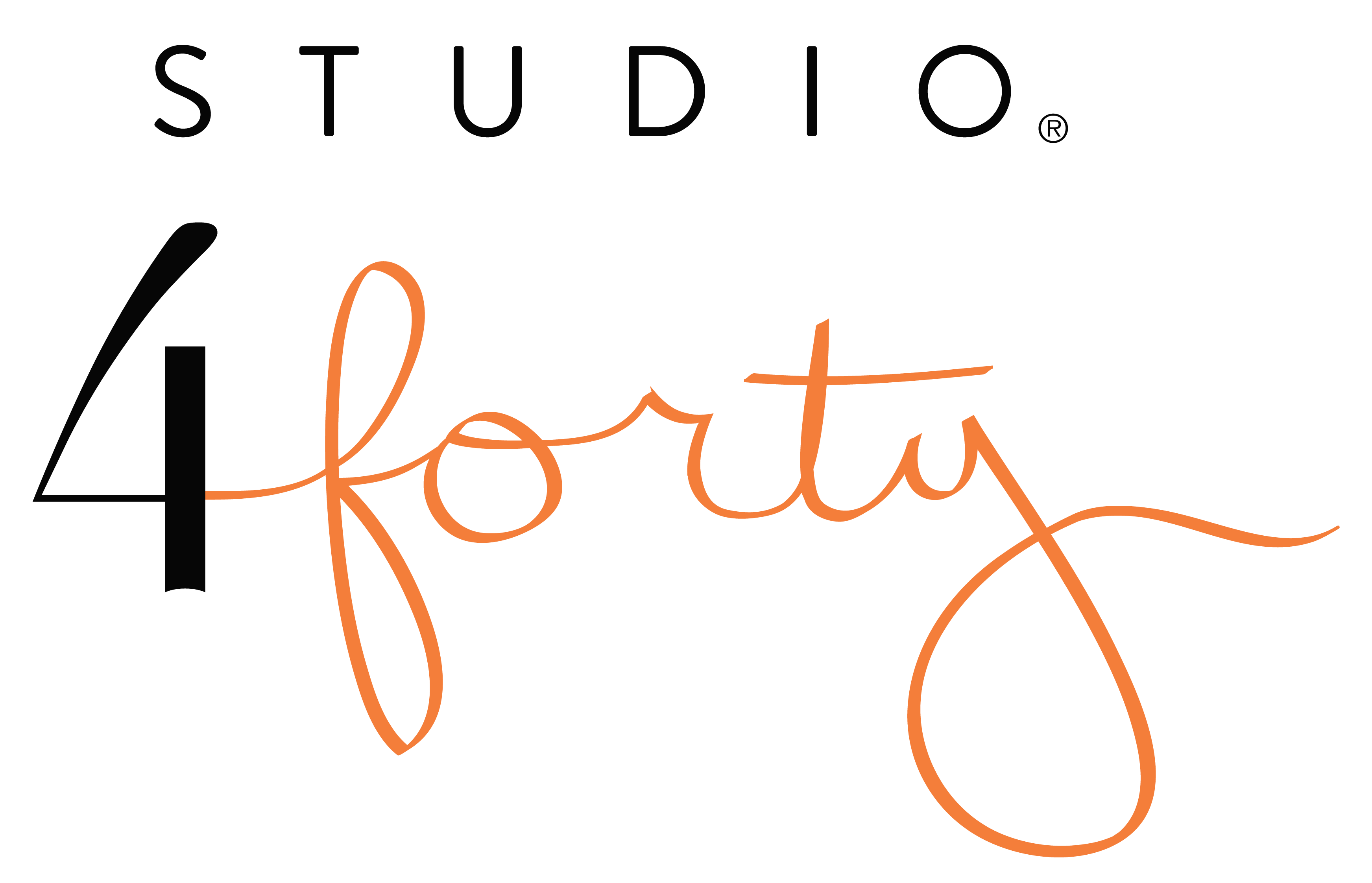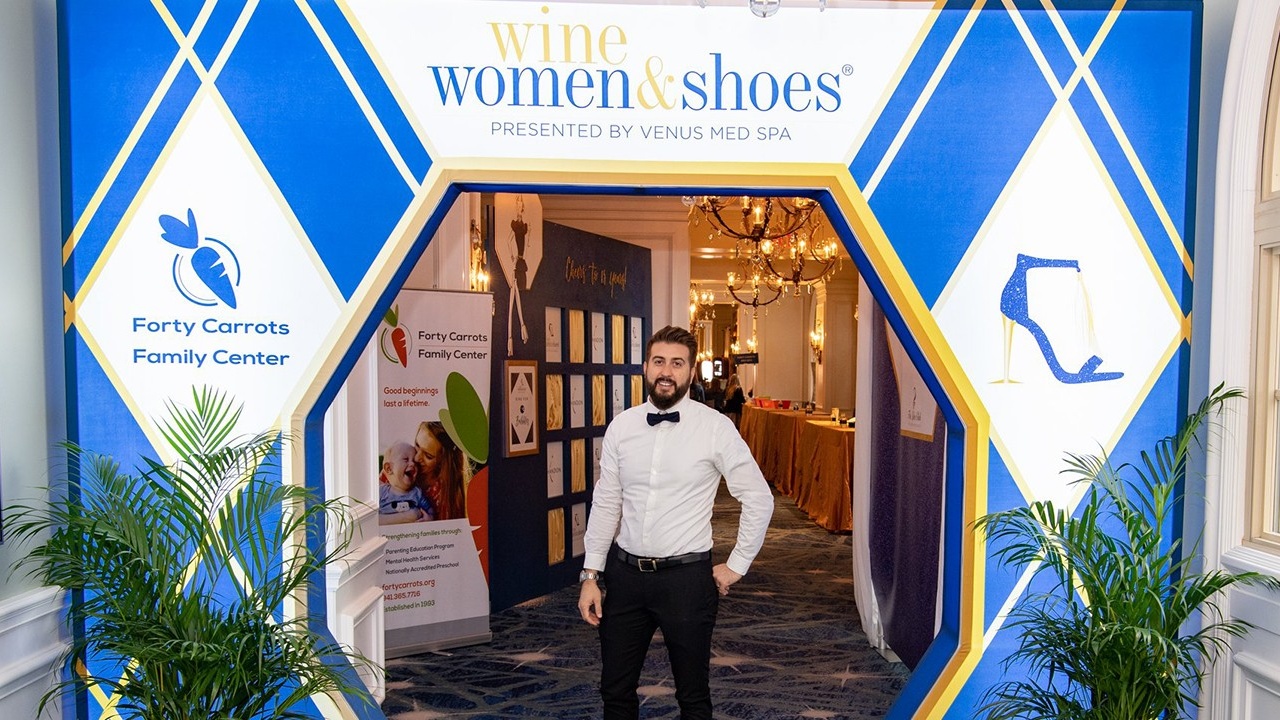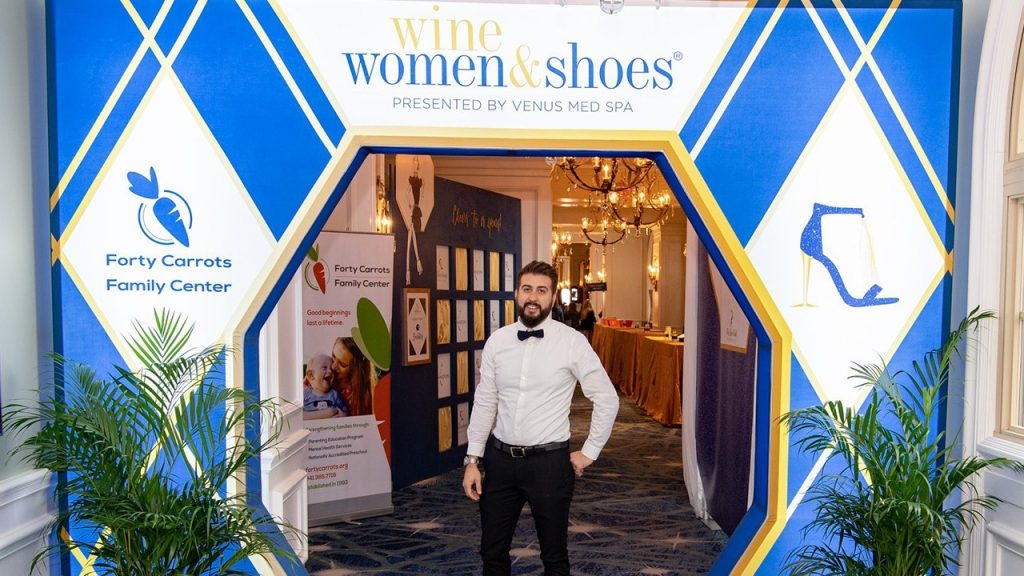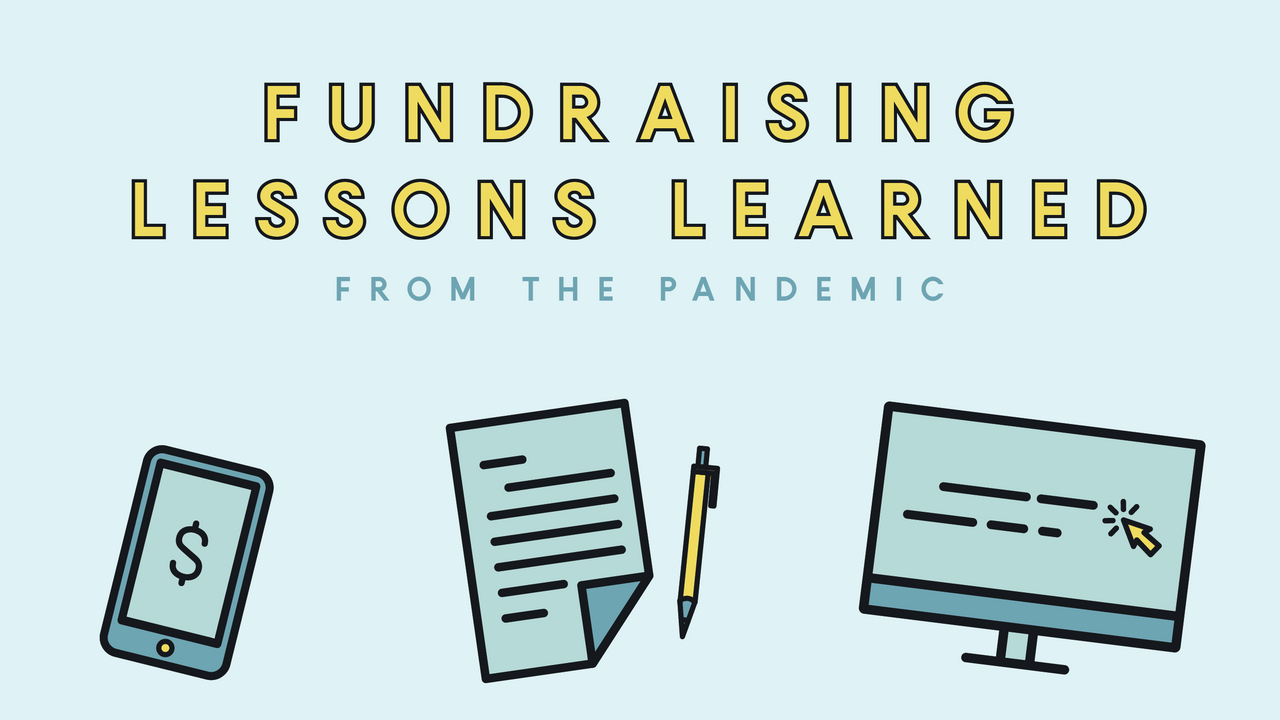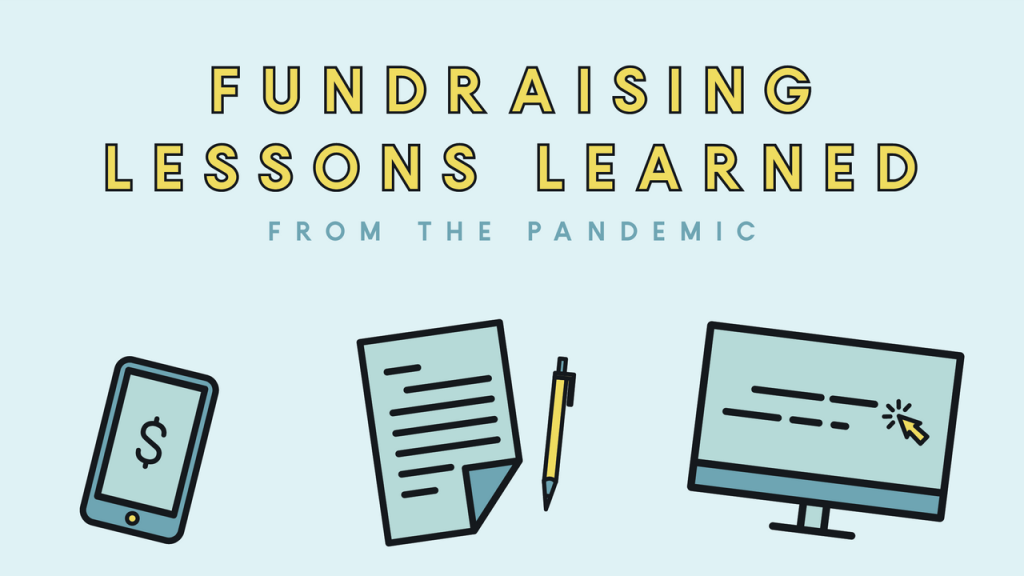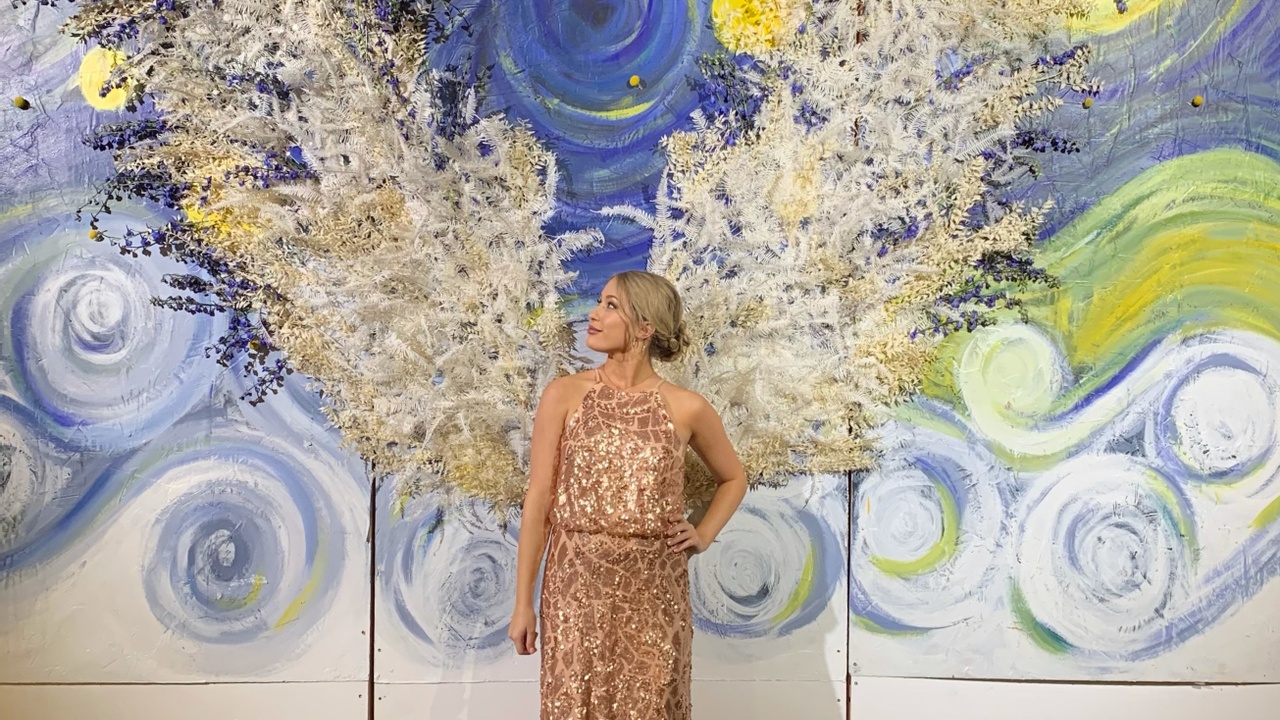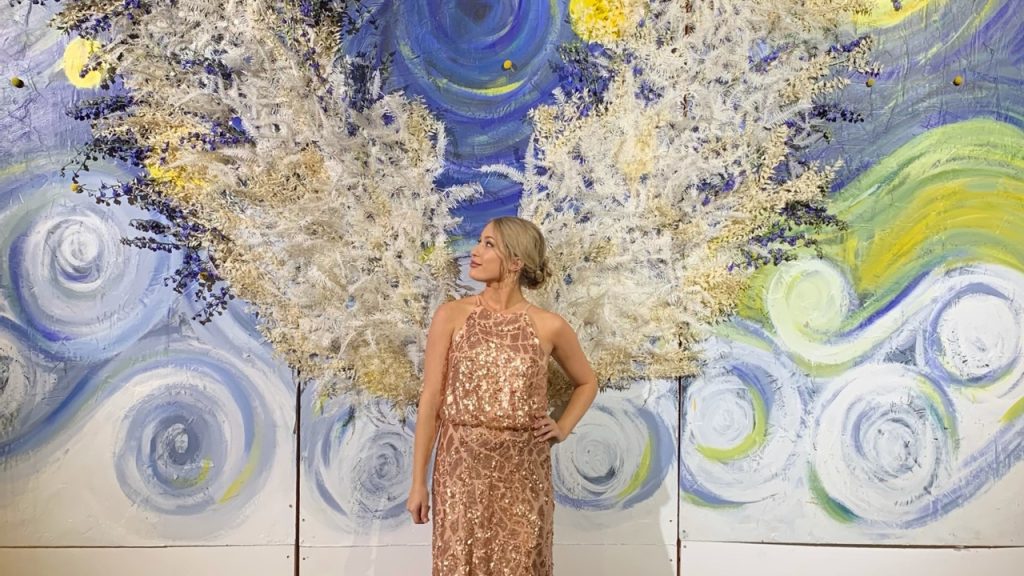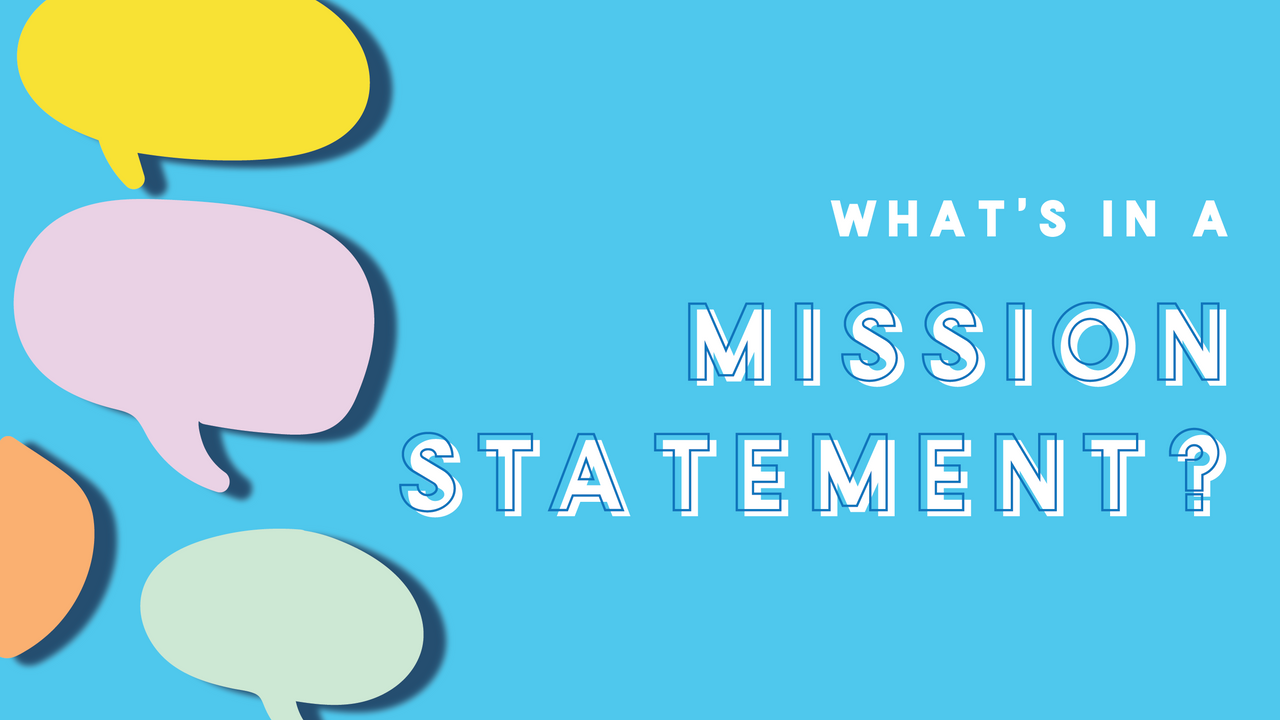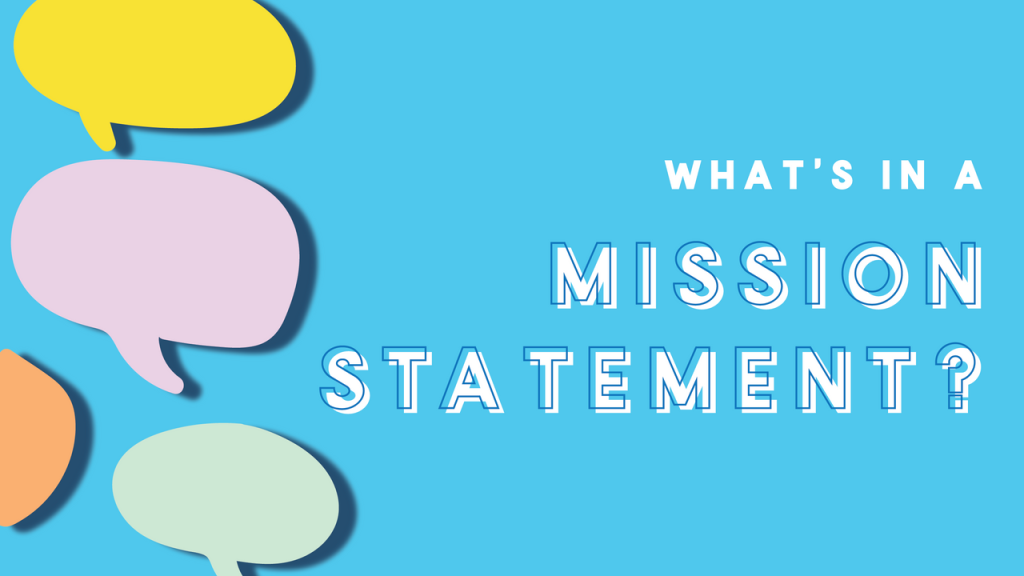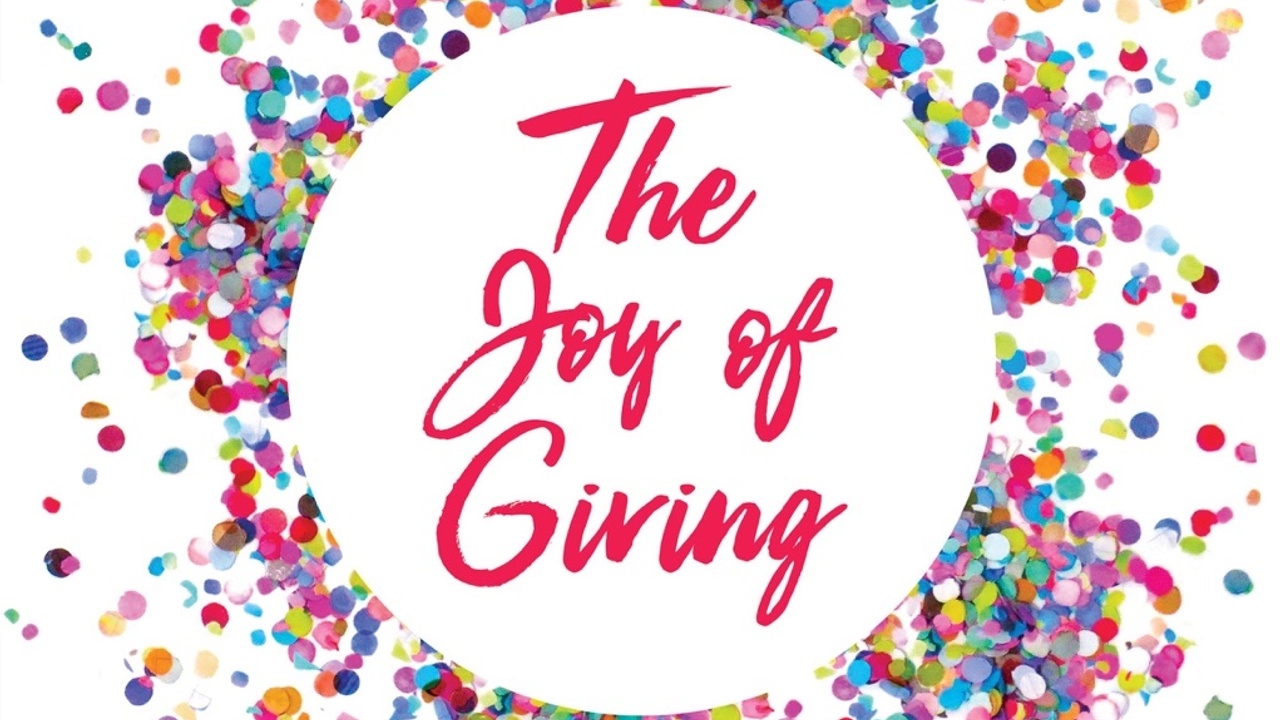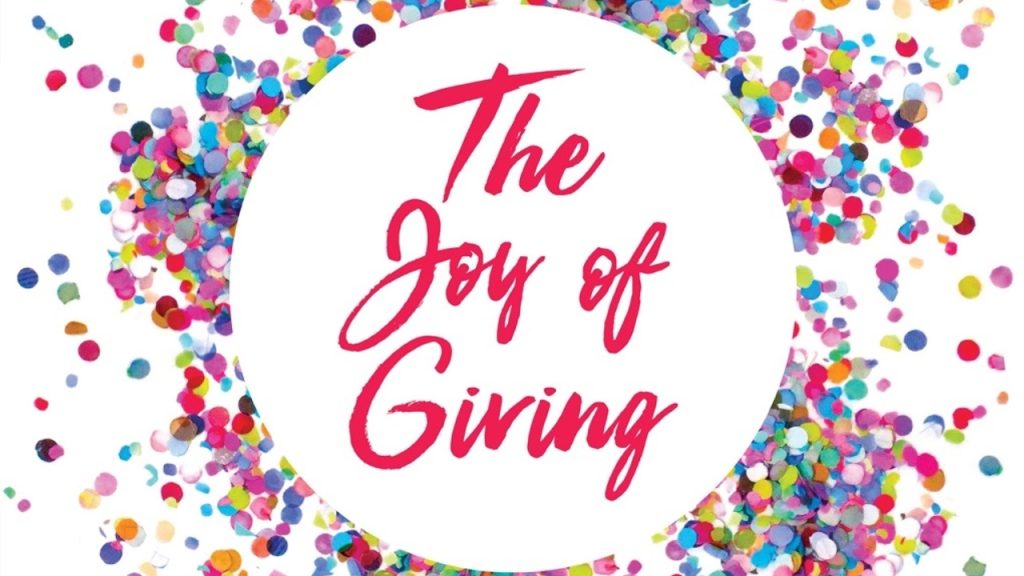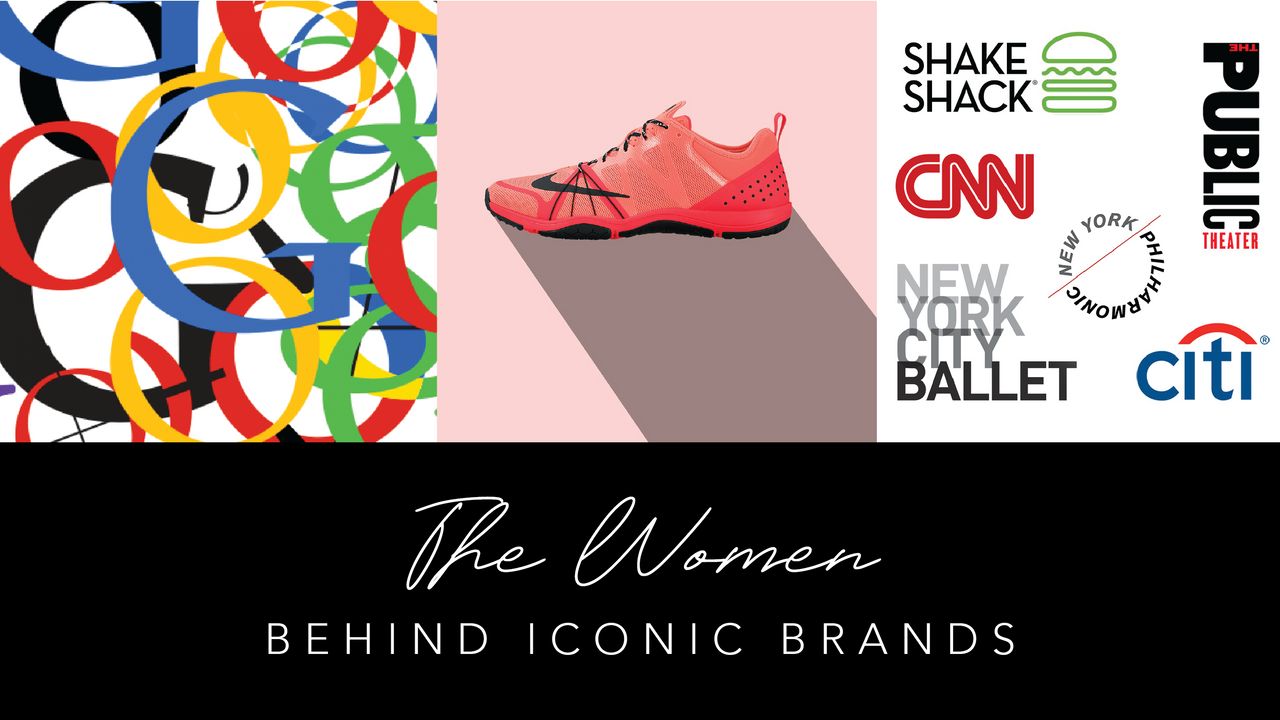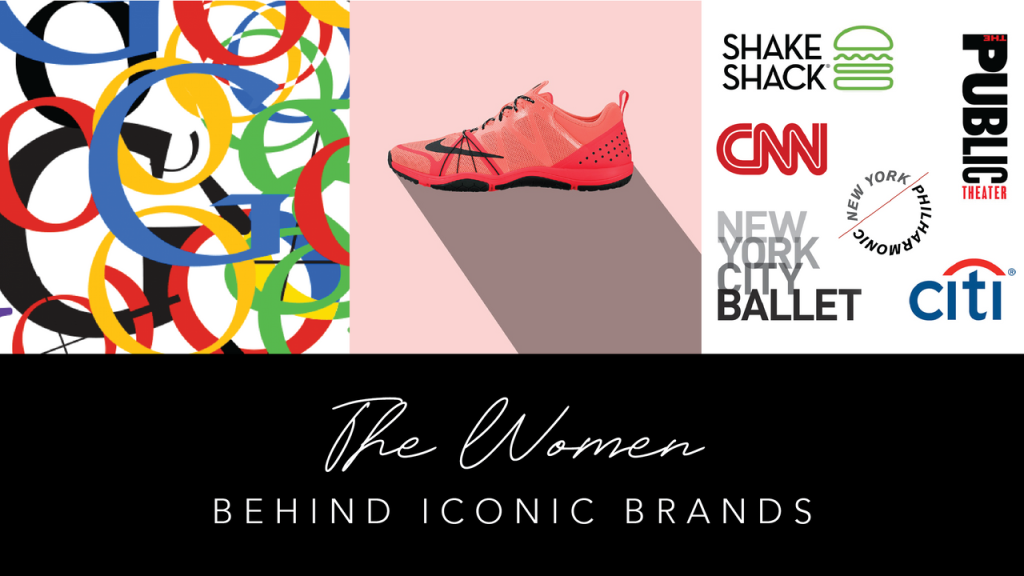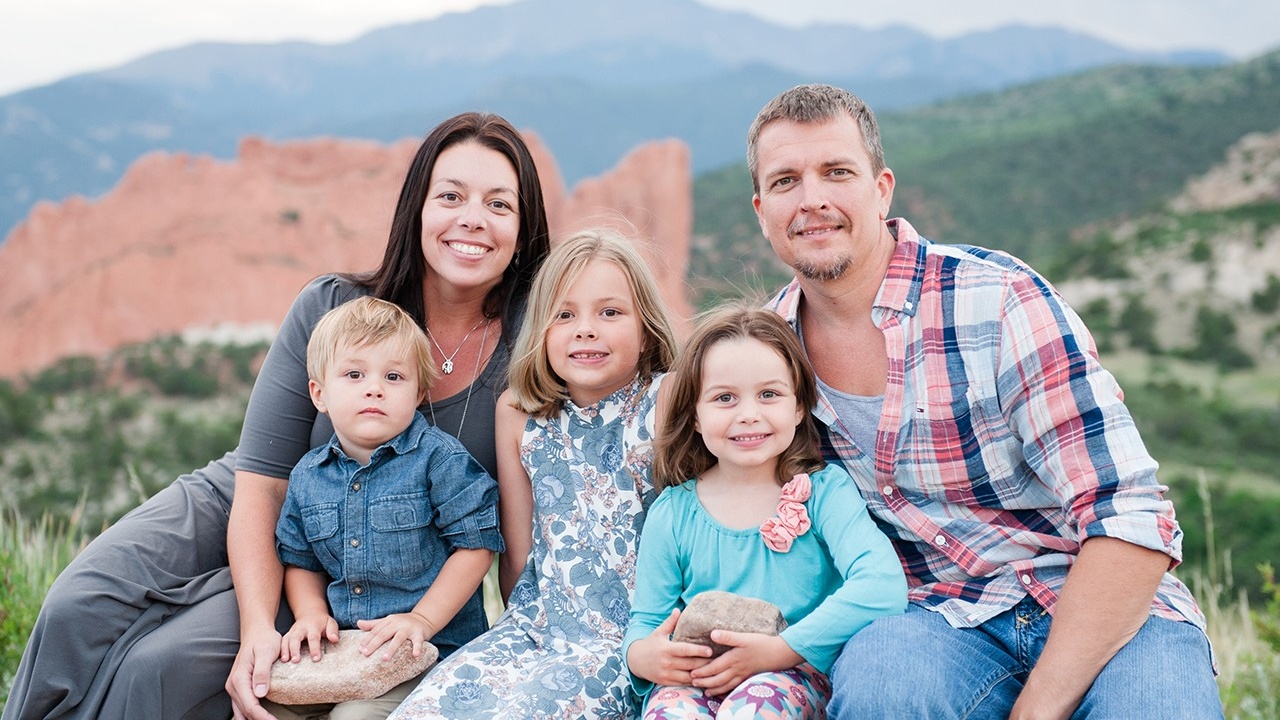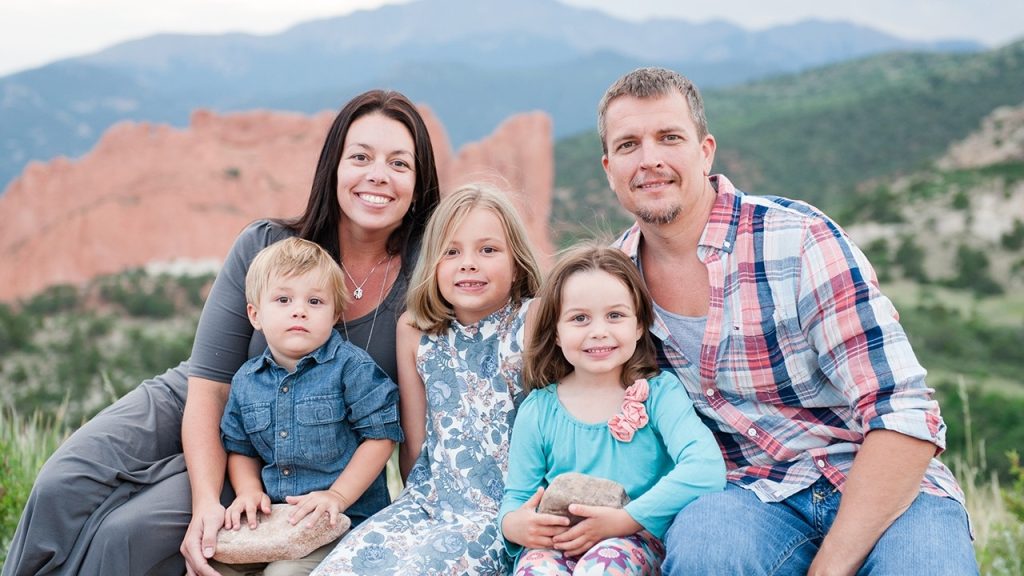

Blog Post by: Ashlee Meier, CFRE
We’ve all been there.
You’re at that event as a guest of a friend, or you somehow find yourself on a mailing list opening a year end solicitation letter, or perhaps you’re volunteering with a company or group.… regardless of the situation, you’re suddenly involved with a nonprofit whose cause may not be what naturally pulls your heartstrings. But, if they are wise (fingers crossed), they will use that brief moment of your attention to tell their story. And often, you will respond in one of two ways:
- “Oh, that was nice.” End scene.
- “WOW. I had no idea. Their work is amazing! I must help. NOW.” …and ACTION!
As a nonprofit leader, you may have walked this road with your own organization and be asking the question we’ve heard time and time again, “How do we get response #2?!”
The answer can sometimes feel like a mythical creature, a unicorn let’s say, showing you glimpses but always just alluding your grasp. And while I typically prefer unicorns over math problems, in this instance, there is a simple equation that should be noted: Strategic Storytelling + Bold Ask = Action. Wait…surely, it’s not that easy, right? It’s nonprofit fundraising, it’s never EASY, but following this formula will undoubtedly set you up for success.
Undoubtedly, you are passionate about your work and your mission. I bet you can rattle off stats and figures in your sleep! But as you probably already know, stats and figures don’t always evoke the emotional response needed to move a supporter to action. So…what does?
A few key ingredients to the Strategic Storytelling part of the equation:
ONE Person
We are wired for connection, and we want to give supporters the opportunity to connect with our cause. Strategic stories tell the narrative of ONE person (or animal) so the audience can put themselves in their shoes and FEEL what they have or are going through. It’s far easier to make that connection to a single person than a group of people, so telling too many stories at once can actually create a barrier to connection and therefore giving.
If you want action, you must help donors feel the pain of your cause by seeing it play out in one life. Then give them the opportunity to save that one life – and eventually another and another.
A Clear Problem
Another key component of strategic storytelling is to clearly state the problem your donors can help solve by giving. There are probably loads of nuanced problems your organization is trying to solve, but for the purpose of strategic storytelling, choose one that correlates with the bold ask you’re about to make.
A Powerful Solution
And finally, show how your organization worked to provide a solution that positively changed the course of this one person’s life. Make sure you illustrate how your organization used its unique position to solve this problem and show how you are specifically equipped to meet needs just like the one you’re sharing.
In other words: Highlight one person, what happened when they needed help and then what life looks like after they received that help from your organization.
And the Bold Ask:
And finally, the number one missed opportunity to move supporters to action – ASK FOR IT! But not just a, “give what you can,” or a, “please support.” Make it easy for your audience to say yes by making a clear, bold, actionable ask. Let’s break that down:
- Tell them HOW to give. And then do it again. Seriously. Spelling this out helps people take the next step, so point them to that website, text code, event ticket, bid card, whatever direction you need them to go!
- Tell them WHAT to give. Yup, spell this out, too. Share specific amounts with tangible impact statements tied to them so you paint the picture of what their gift really means. Want to fund a shelter for a month? Share that every $150 provides a night of safety for a family of 4.
- Tell them WHO their gift impacts. You’ve already shared this in your story, so remind them that the person they connected with found a solution to their problem through the work for your organization…and that their gift could be the one that saves/improves the next life.
Put it all together for a winning combo that could and should equal action! And there you have it – the mystical power of nonprofit storytelling decoded. Now go get those dollars!
